Toyota's Bad Day
It might be a bad day for GM but it’s a much worse one for Toyota. Really. The days (decades, really) of weak domestic manufacturers shooting themselves in the foot with bad design, poor assembly, and non-existent customer satisfaction in passenger cars are coming to an end. Toyota didn’t have to outrun the bear, it just had to stay ahead of GM, Ford, and Chrysler. Years of producing huge profits in North America hit the wall for Toyota in 2009, and they’re likely not to return. Ever. The game has now changed—and it’s not good for Toyota.
Thanks to US and Canadian taxpayer support, GM and Chrysler are about to get a new start. They’ll enjoy fresh balance sheets, with minimized legacy liabilities and serious money earmarked for new products. (The taxpayers are paying for Fiat to develop cars for North America; you didn’t really think that the Italians would take this risk on their own did you?) Ford, by dint of luck or smart management, borrowed what it needed years ago to make the transformation outside of court oversight.
By the end of this year, all three Detroit automakers will be restructured, resized to match production with demand, and re-energized. They will reenter the market as the lowest cost producers inside the U.S. market, with slimmer, trimmer product lines. These automakers are getting ever-closer to 100 percent capacity utilization.
Looking at product, Ford’s passenger car line up just keeps getting better. The 2010 Taurus looks hot, the Fiesta test drive campaign is generating good press with the Twitter/Facebook crowd, and a new Euro Focus will be here in a two years. Slowly but surely, more Americans are considering a Ford passenger vehicle. Its trucks still lead the category and will continue to do so. Better products, increasing quality, and slowly increasing market share is building FoMoCo momentum.
GM’s go forward brands—Chevrolet, Buick, GMC, and Cadillac—still have some vehicles that don’t cut the mustard with consumers. But the balance is starting to tip back towards the positive. The Malibu and Camaro represent some better efforts. The gorgeous new Buick Lacrosse might give the new Taurus a run for the money. Cadillac will extend the CTS line and bring a new SRX to the market shortly. The Corvette still leads the pack in dollar performance value. And maybe, just maybe, the Cruze and Viva will live up to GM hype machine.
GM’s perhaps two to three years behind Ford with its product development cycle. But it can now concentrate on fewer models. Recent successful launches suggest that GM just needs time to plug the holes for the weak sisters. It now has the money to do so and you can bet (if you’re taxpayer, you already have) that the efforts on fuel efficient passenger cars will receive the bulk of the dollar spend. GM won’t abandon trucks (no matter what Nancy Pelosi thinks) and volume wise, GM leads.
Chrysler can’t do anything under their new pasta-fed management until the re-tooled imports arrive here for production two years hence. Its cars still (mostly) suck, except for the higher-performance versions of its LX cars. But it isn’t going away and will still find some buyers for its products at the pace of the recent past. So this company will just hang on . . . and on . . . and on.
Now, stop and think about this. What has Toyota done for you lately? Is there one single passenger car from Toyota that excites you?
Let’s keep the new Prius out of this discussion for the moment; it’s not a car for drivers but techno-geeks and greens mostly with excitement provided by the fuel gauge, not vehicle dynamics. The Camry might lead the C/D class in sales for now, but will this continue? What happens when Americans actually consider a Malibu or Fusion-based product instead? In terms of design appeal, the Camry looks dowdy or boring (take your pick) and its reliability isn’t any better than the Fusion. Put a four-cylinder EcoBoost engine in that Fusion and Ford wins.
Go through the rest of Toyota’s passenger car line up and compare each vehicle to the current and near future offerings from GM and Ford. The question is: will Toyota customers do the same?
Toyota (or Honda) products have been the default choice. That “Easy Button” is starting to get harder to press for buyers. Yep, Americans will begin to come back to consider Detroit products (at least GM and Ford), and that’s not good for Toyota. And we’ve really never left Detroit for our big pickups and SUVs, whle the Japanese are still mostly playing catch up.
Yep, it’s a bad day for Toyota and a great day for America. You can look forward to a new Detroit that will be competitive, if not lead, in cars and trucks for mass market Americans. Count on it.
More by Ken Elias
Latest Car Reviews
Read moreLatest Product Reviews
Read moreRecent Comments
- ToolGuy The only way this makes sense to me (still looking) is if it is tied to the realization that they have a capital issue (cash crunch) which is getting in the way of their plans.
- Jeff I do think this is a good thing. Teaching salespeople how to interact with the customer and teaching them some of the features and technical stuff of the vehicles is important.
- MKizzy If Tesla stops maintaining and expanding the Superchargers at current levels, imagine the chaos as more EV owners with high expectations visit crowded and no longer reliable Superchargers.It feels like at this point, Musk is nearly bored enough with Tesla and EVs in general to literally take his ball and going home.
- Incog99 I bought a brand new 4 on the floor 240SX coupe in 1989 in pearl green. I drove it almost 200k miles, put in a killer sound system and never wish I sold it. I graduated to an Infiniti Q45 next and that tank was amazing.
- CanadaCraig As an aside... you are so incredibly vulnerable as you're sitting there WAITING for you EV to charge. It freaks me out.

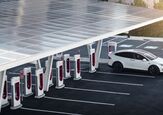
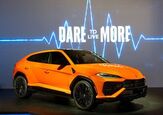
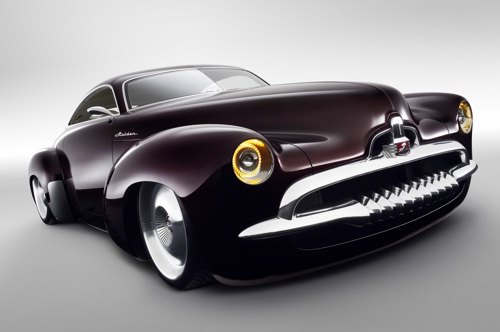












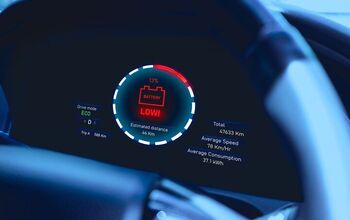

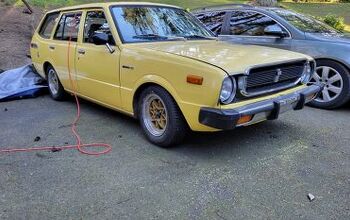
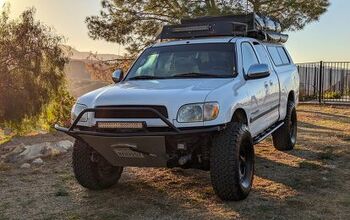
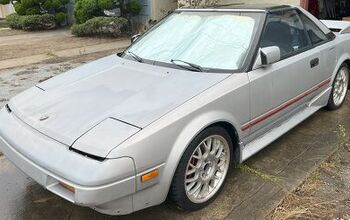
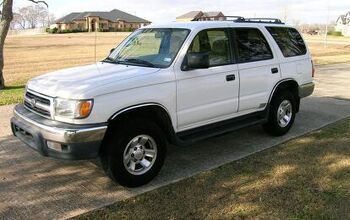

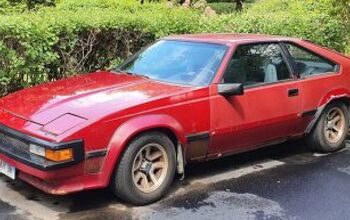

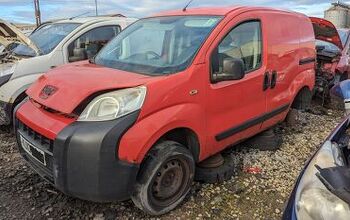
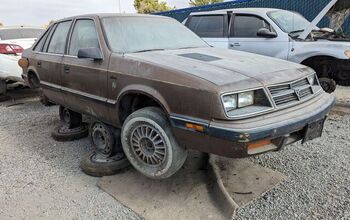
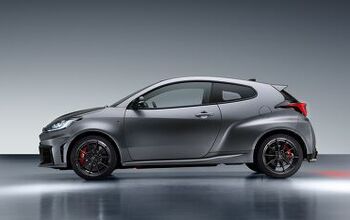

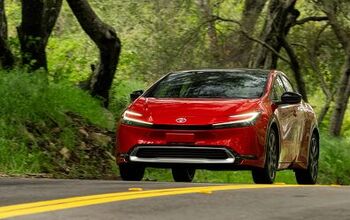
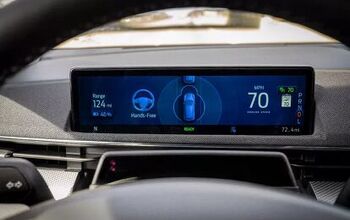
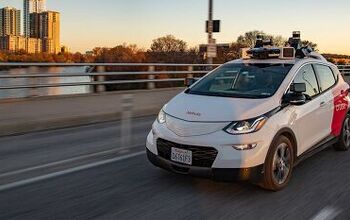


Comments
Join the conversation
Oh what a feeling! Toy-YAWN-da! Looks like Toyota and Honda sales are plunging worse than GM, Ford &......GASP!.....even Chrysler!